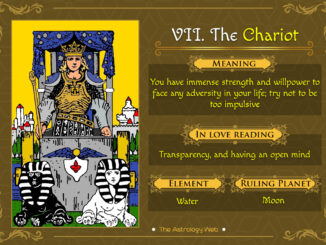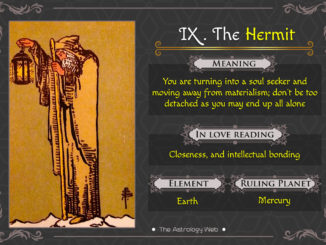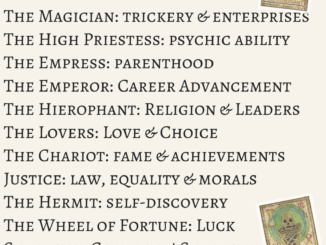
Most Tarot enthusiasts start their training by purchasing a pack of cards and reading a Tarot book. Then they buy another book and read that too. Afterwards, when they compare notes, they find that each book has a different approach and probably gives slightly different meanings to the cards.
Assuming that both books are based on the same style of cards, such as the Rider-Waite deck, the learner is now confused. They say to themselves, ‘Which approach should I take?’ So they buy another book to see which way to proceed. And they find that this latest book leads them on a new journey, and looks at Tarot from yet another point of view.
Tarot websites can provide another unwelcome distraction. People spend hours poring over the information available online, and then getting sidetracked by Tarot forums, blogs, and the plethora of data available from all sorts of self-titled ‘experts’.
Why isn’t there a standard guideline for Tarot? Why do so many authors disagree on the same topic? Reading Tarot cards is an art in itself. There are no fixed meanings for the cards; the interpretation of each image is based on the reader’s intuitive response to the symbols on the cards. Therefore, each author brings their unique vision to the process of reading and interpreting the cards.
To become proficient in Tarot, it’s best for beginners to focus on one book and one deck. This is the key that will help you avoid becoming overwhelmed by the huge amount of information available these days.
After buying your first book, take your time absorbing the lessons and working your way through the exercises suggested. Learn the basics, and try doing a few of the spreads suggested by the author before buying more books. After gaining a rudimentary ability in Tarot card reading, then move on to the next book and absorb that information. Fit these new ideas around the concepts you learnt in the first Tarot guide.
If you discover a differing opinion about a particular method or concept, allow your comprehension of Tarot to evolve and broaden, rather than hastily discarding the information found originally.
The main way to avoid information overload is just to make a start! Grab a book and start reading. Over-thinking all the options will leave you stranded and confused. As coaching professionals like to point out, making a decision and taking that first step towards your goal is how you avoid analysis paralysis.
It’s also beneficial to take your time learning about the cards. Don’t expect to be a knowledgeable, professional reader in only a few weeks. Cramming information will not make you into an expert. Discovering the nature of the cards, practicing Tarot techniques, and having a commitment to a learning plan is the key to becoming a Tarot Master. Attempting too much in a short period of time is also a recipe for becoming disillusioned with the learning process. Being slow and thorough, and taking one small step at a time, is the answer to Tarot proficiency.
Proudly WWW.PONIREVO.COM
by Don McLeod



